As the Seoul government goes through a political crisis, a new flashpoint has emerged in the Yellow Sea, after South Korean intelligence discovered that China was building a large structure in the waters.
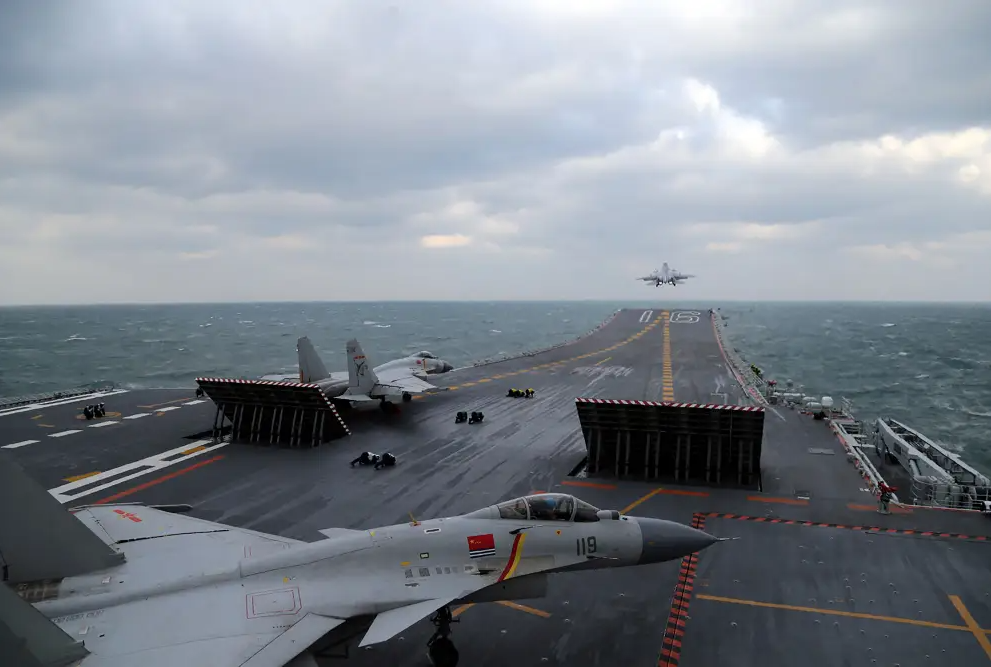
J-15 fighter jets take off from the Liaoning aircraft carrier during exercises in the Yellow Sea in 2016.
Beijing is moving ahead with new structures in the Yellow Sea, a body of water between mainland China and the Korean Peninsula that South Korea fears could be the start of China’s ambitions to assert its sovereignty over the resource-rich 389,000- square-kilometer Northeast Asian sea.
The emergence of new structures
The Chosun Daily was the first to report the disturbing developments in the Provisional Measured Zone (PMZ) of the Yellow Sea. This is a disputed area where the exclusive economic zones (EEZs) of South Korea and China intersect, and where activities such as construction or resource development, except for fishing, are prohibited.
However, The Chosun Daily on January 10 quoted Seoul government officials as saying that the country's intelligence agencies discovered a new structure in the Provisional Measured Area in December 2024.
Thanks to spy satellites, South Korea calculated that "the installation consists of a mobile steel frame with a width and height exceeding 50 m".
According to the newspaper, China previously built two similar structures in 2024, in April and May respectively, leading to protests from South Korea through diplomatic channels.
South Korean officials believe China had plans to install as many as 12 such structures. And the appearance of the latest structure suggests Beijing has returned to its old plans after a period of delay.
According to South Korean newspapers, observers believe that the above move is a signal that Beijing intends to promote its sovereignty claims in the future, and is taking advantage of Seoul's political crisis after President Yoon Suk Yeol declared martial law on the night of December 3, 2024.
Despite South Korea’s concerns, China has called the structures “fishing support facilities.” The development comes amid a period of little progress in bilateral diplomatic talks aimed at demarcating the maritime border despite being held annually.
Analysts say China's moves are part of a larger strategy to establish control over the Yellow Sea, which Beijing considers its "backyard".
In 2010, China declared the sea part of its "internal sea" and has since escalated its sovereignty claims there.
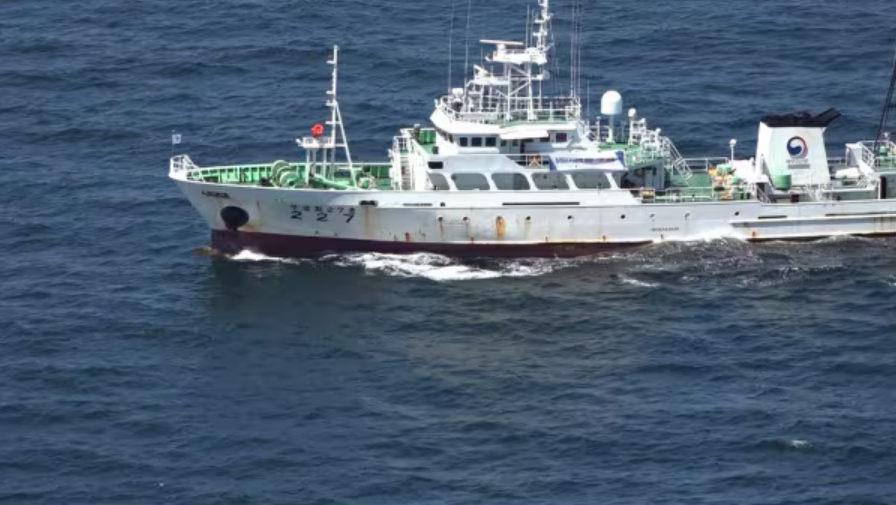
The Mugunghwa 27 of the Ministry of Oceans and Fisheries of South Korea patrols the Provisional Measurement Area in the Yellow Sea.
Photo: Korean Coast Guard
A warning for South Korea?
Breaking Defense quoted former South Korean army lieutenant general Chun In-bum as calling "this a warning about the potential threat from China".
When asked to comment on the construction project on the Yellow Sea, Liu Bang Vu, spokesman for the Chinese Embassy in the US, said he was not informed about this specific situation.
"However, as far as I know, China and South Korea are pushing forward negotiations on maritime delimitation and have established a mechanism for dialogue and cooperation on maritime issues. Both sides maintain firm communication on maritime issues," the spokesperson said, according to Business Insider .
Disputes over EEZs continue to rage in the world’s oceans. In the Mediterranean, for example, Greece and Türkiye are trying to determine who will manage and exploit energy resources.
In the case of the Yellow Sea, South Korea argues that the boundary between the two overlapping EEZs is the point where the Yellow Sea bisects. However, China maintains that the maritime boundary should be divided based on coastline length and population, according to the National Bureau of Asian Research (a US research organization).
In 2001, China and South Korea agreed to establish a Provisional Survey Zone for the areas where their EEZs intersect. In addition, countries were required to move toward restricting fishing within their EEZs but within the Provisional Survey Zone.
However, the Seoul government has long complained about Chinese fishing boats fishing in South Korean waters, leading to South Korean ships responding by opening fire on enemy fishing boats.
The South Korea-China tensions are also worrying because of the US factor. The Washington administration has signed a bilateral security agreement with South Korea, committing to defend it and currently maintains a force of 28,000 troops in the allied territory.
Source: https://thanhnien.vn/diem-nong-dang-hinh-thanh-tren-hoang-hai-185250211100309244.htm


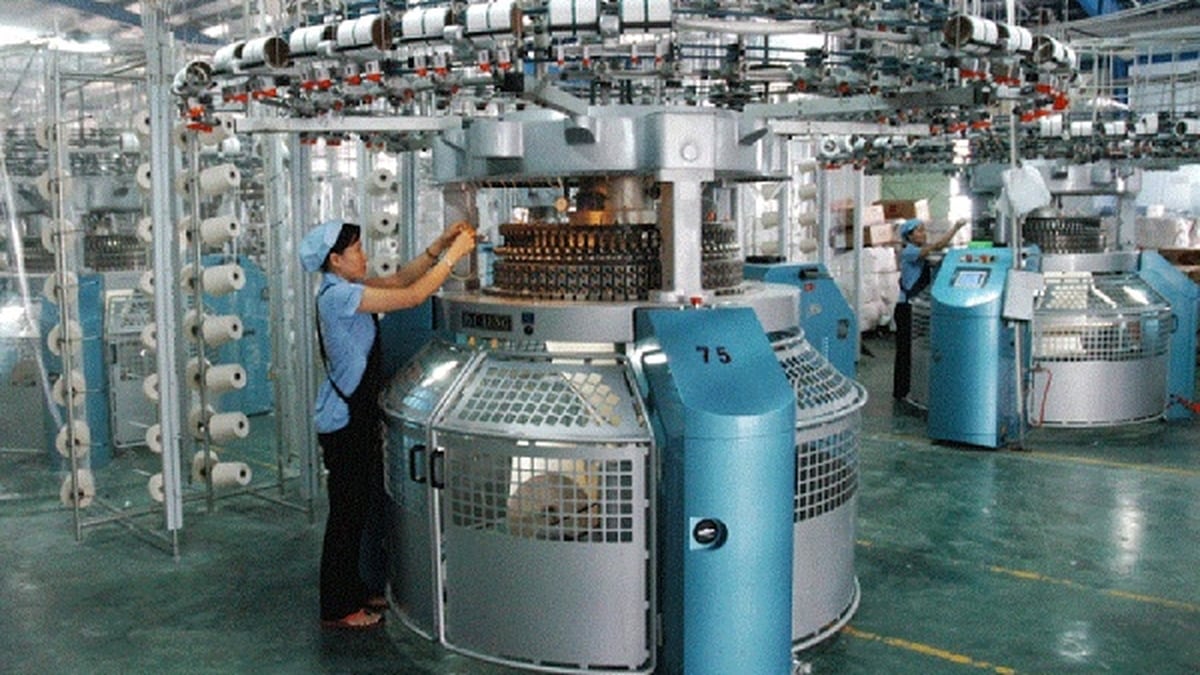

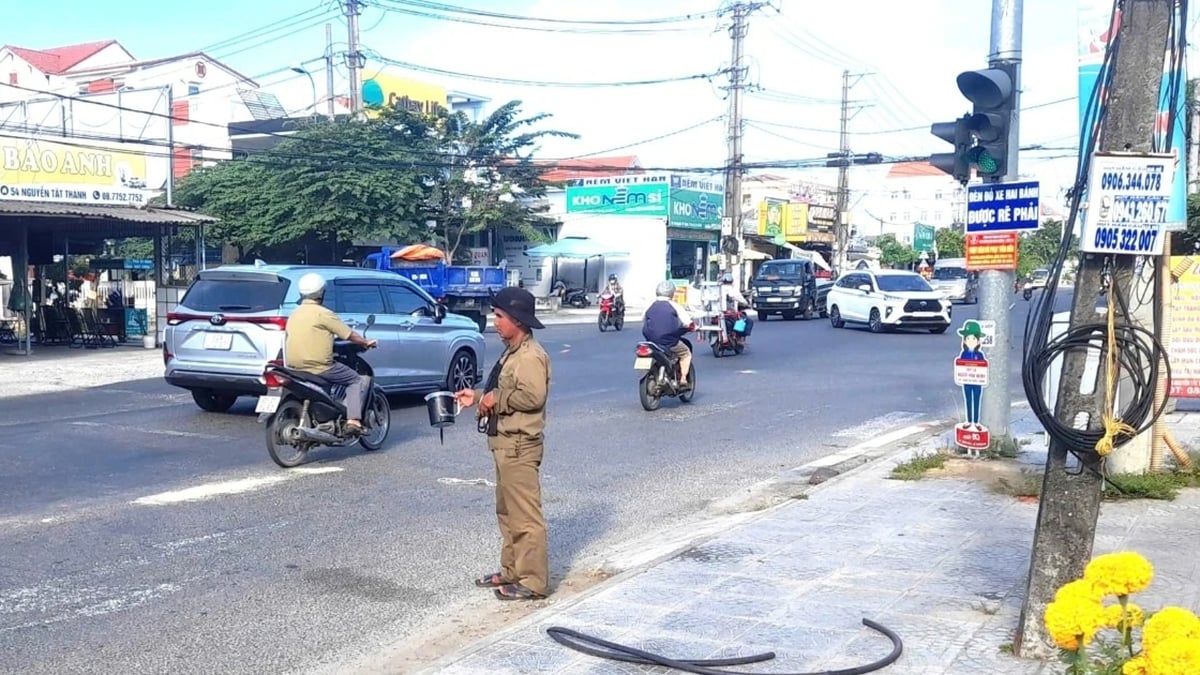
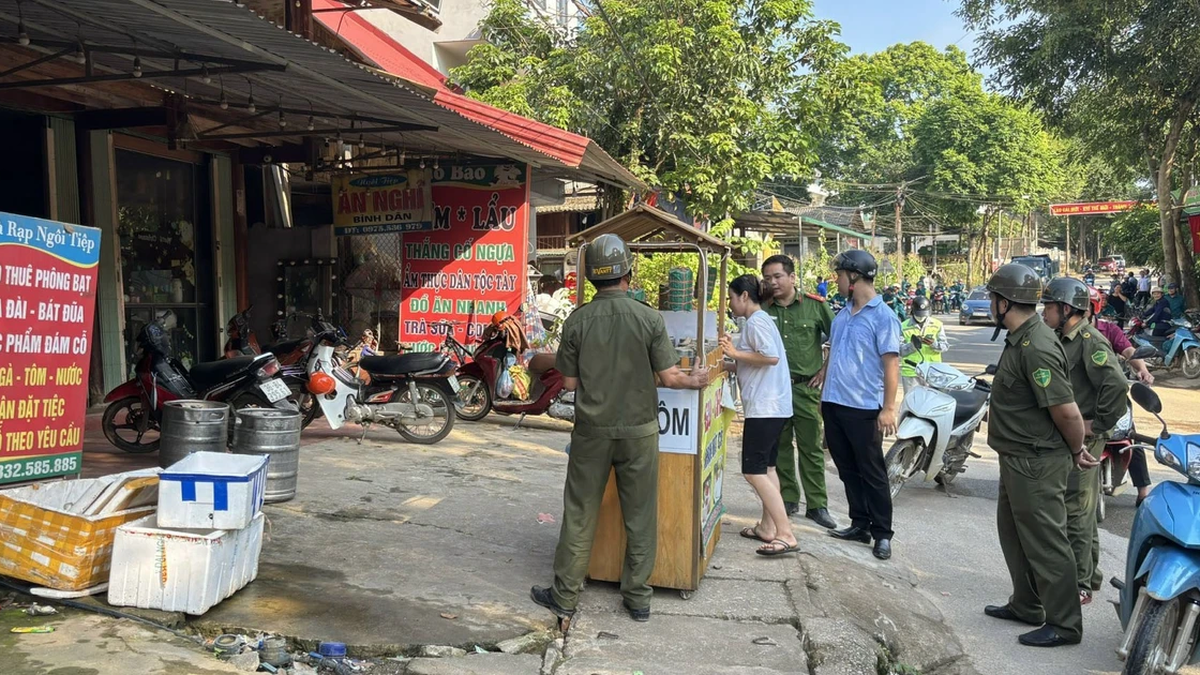






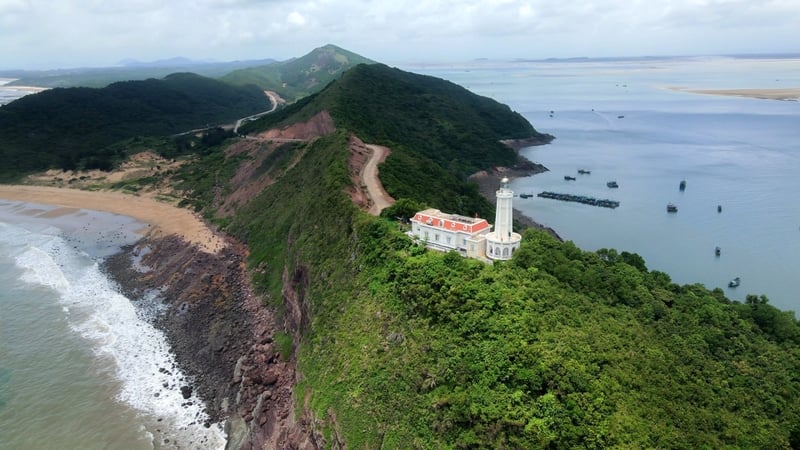




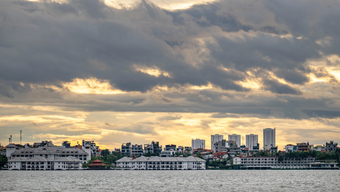


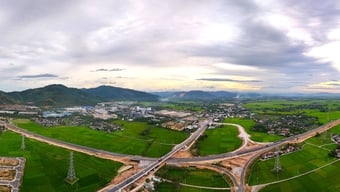


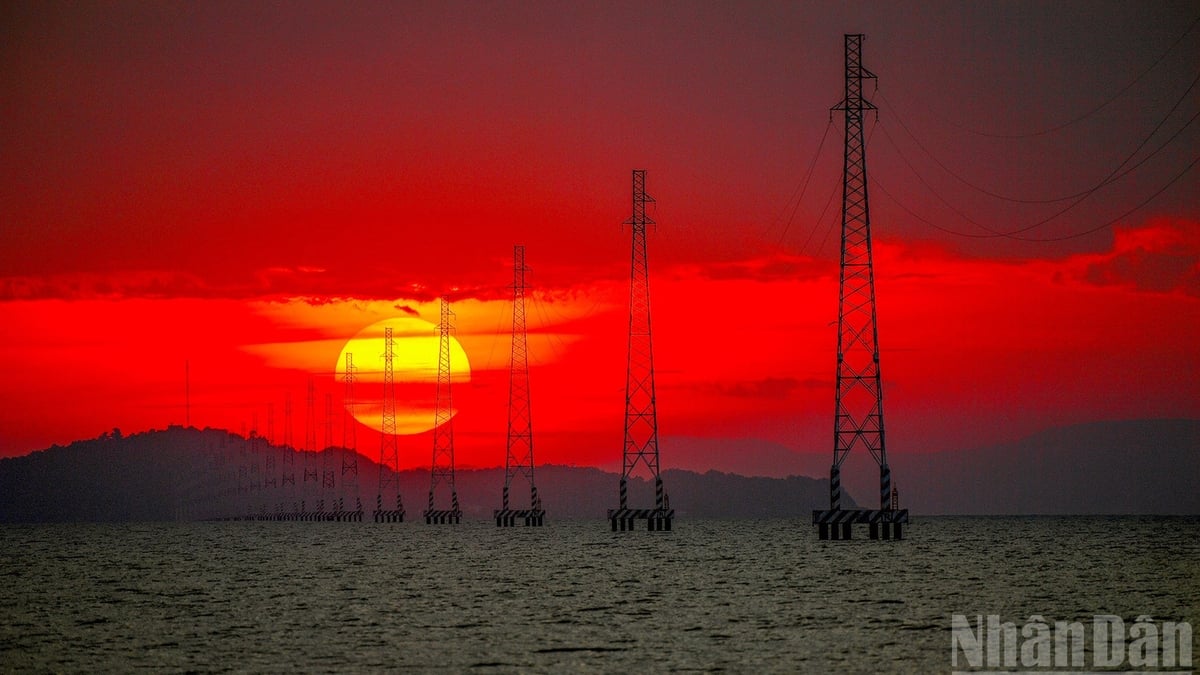



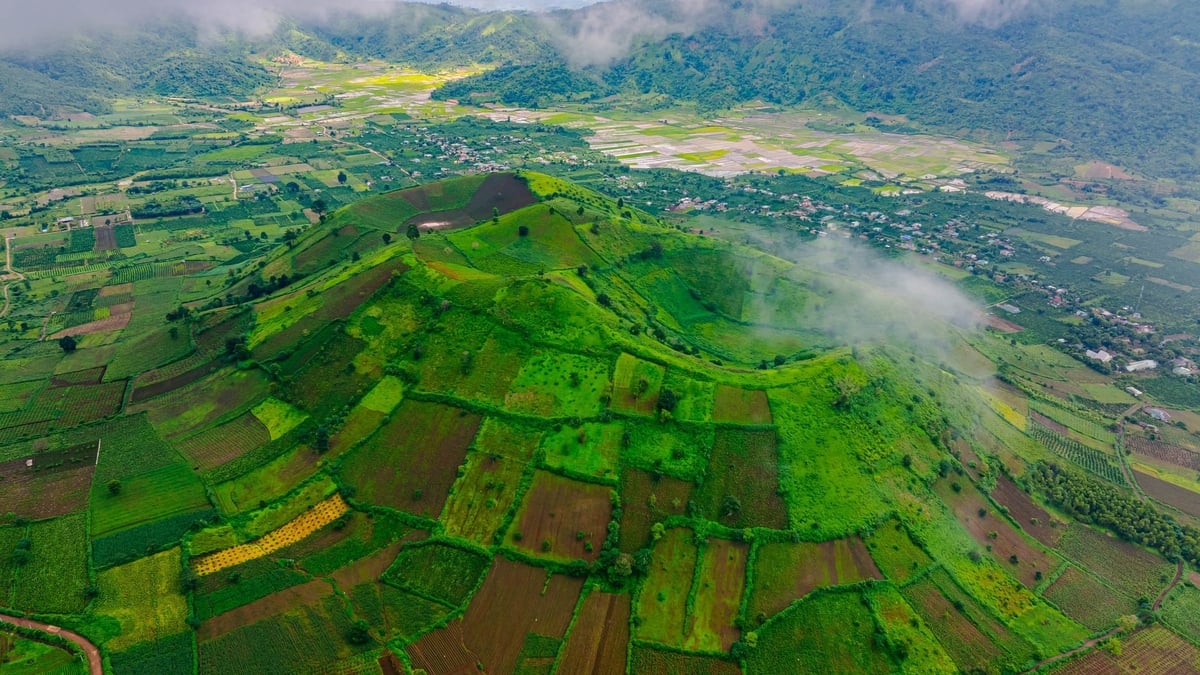


![[Photo] National Assembly Chairman attends the seminar "Building and operating an international financial center and recommendations for Vietnam"](https://vphoto.vietnam.vn/thumb/1200x675/vietnam/resource/IMAGE/2025/7/28/76393436936e457db31ec84433289f72)
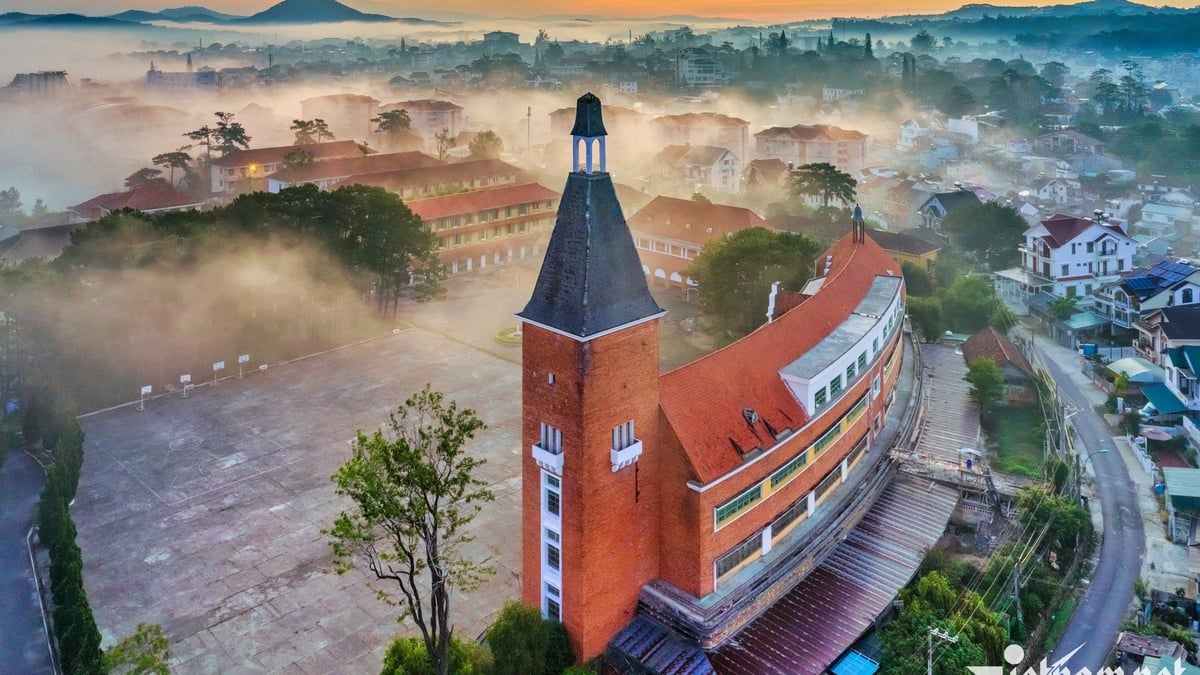


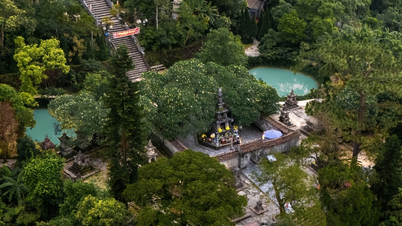

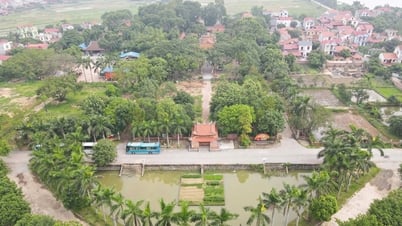















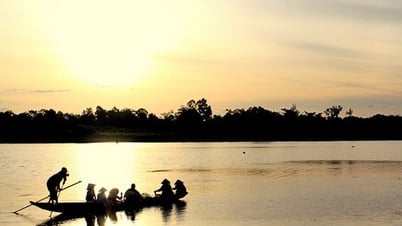













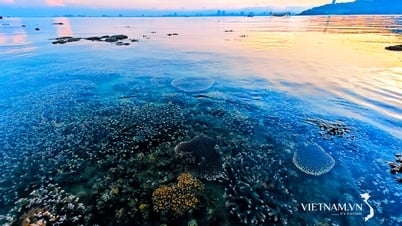
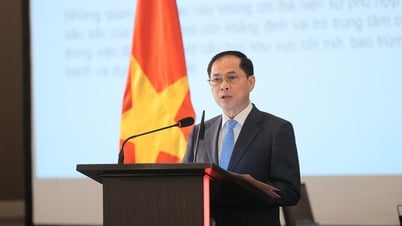




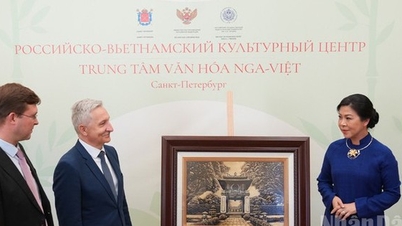

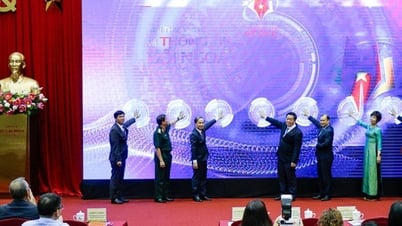
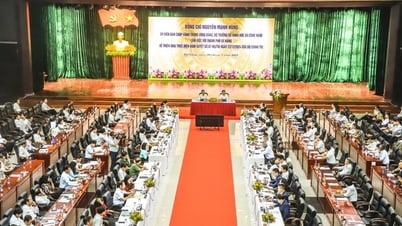

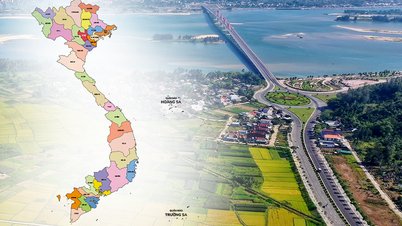


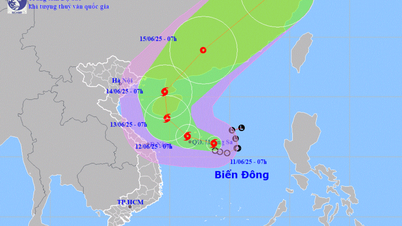


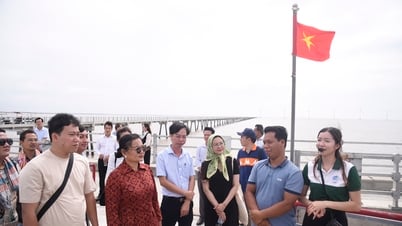









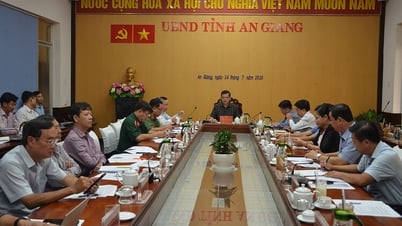






Comment (0)